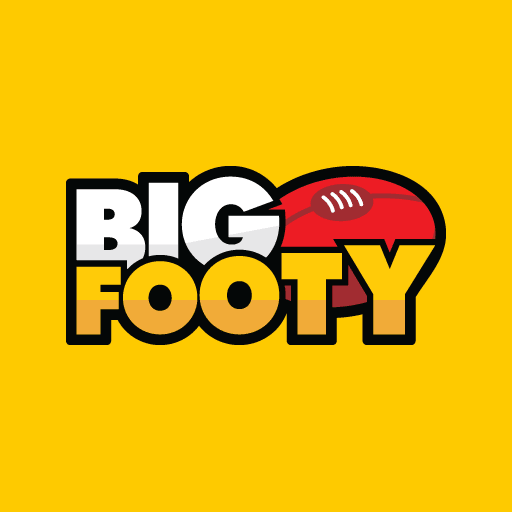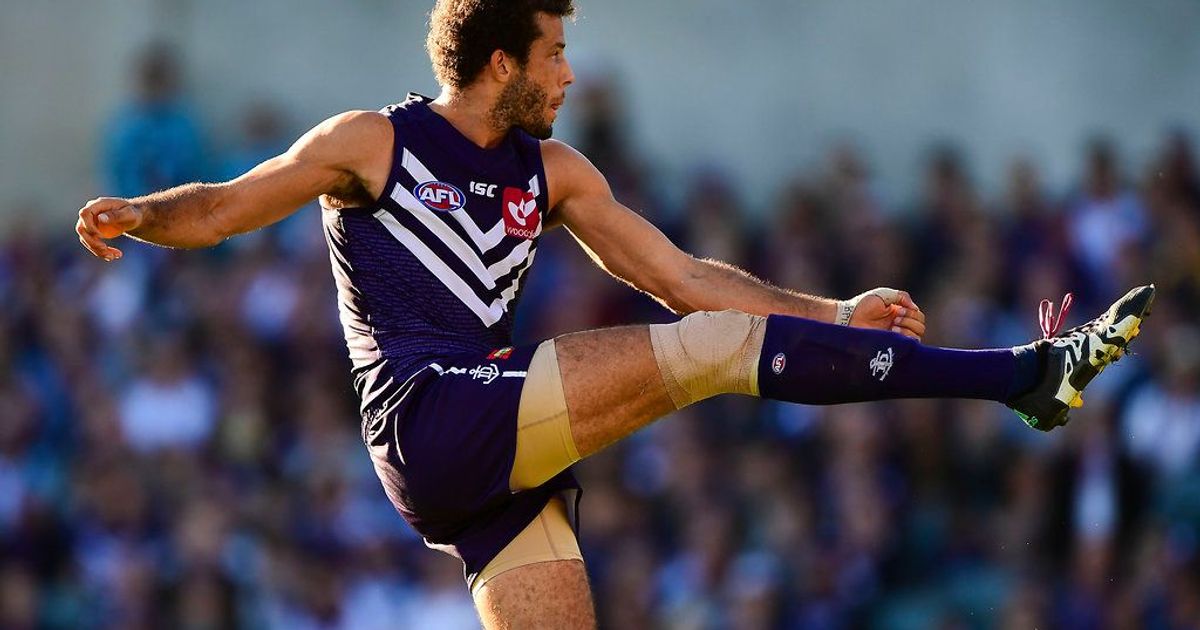Lore
Moderator ❀
- Dec 14, 2015
- 44,959
- 66,451
- AFL Club
- Essendon
- Other Teams
- Jye Caldwell & Georgia Clarke
- Thread starter
- Moderator
- #2
Club List Sizes
Clubs are restricted to the following list compositions, for a maximum of 44 listed players:
Source: Appendix 1 (p. 186) Australian Football League Rules
Club List Management
Clubs are restricted to the following list compositions, for a maximum of 44 listed players:
| Primary List Size | Category A Rookies | Category B Rookies | Total Rookies Maximum | TOTAL |
| 36 (Minimum) | 1-6 | 0-2 | 8 (Maximum) | 44 |
| 37 | 0-5 | 0-2 | 7 | 44 |
| 38 (Maximum) | 0-4 | 0-2 | 6 (Minimum) | 44 |
Club List Management
- List Sizes
- List Lodgement Dates
- Profiles of club ages, heights, experience
- Rookie Lists
- Standard playing contracts
- Player contract lengths by club
- Players' states of origin by club
- Rookie Contracts























